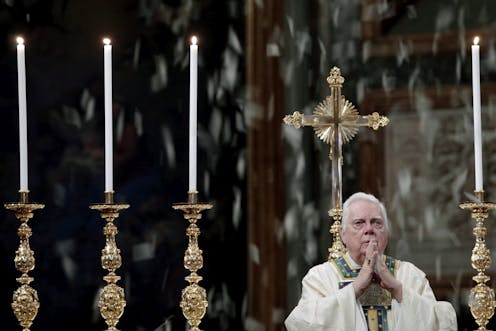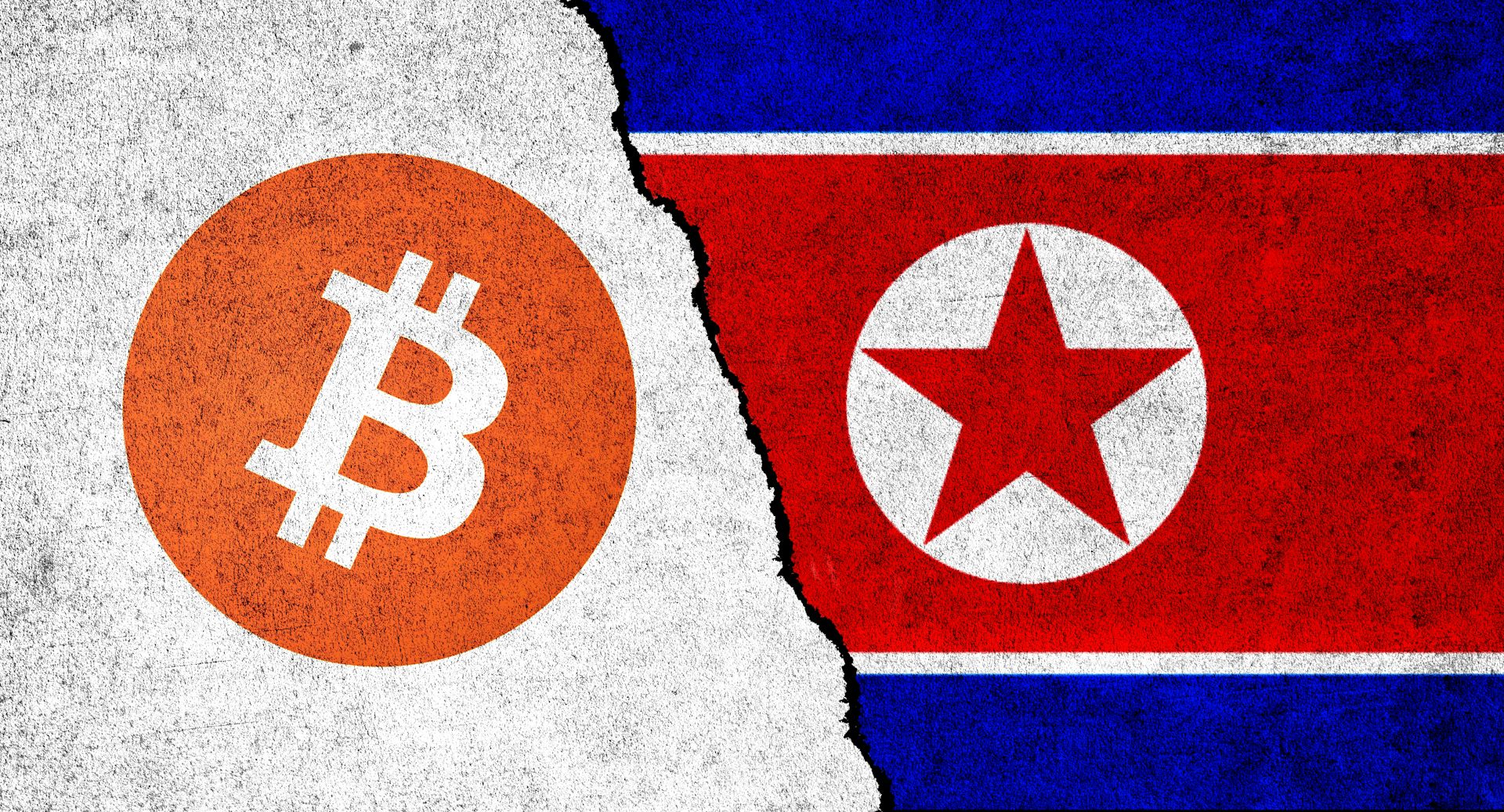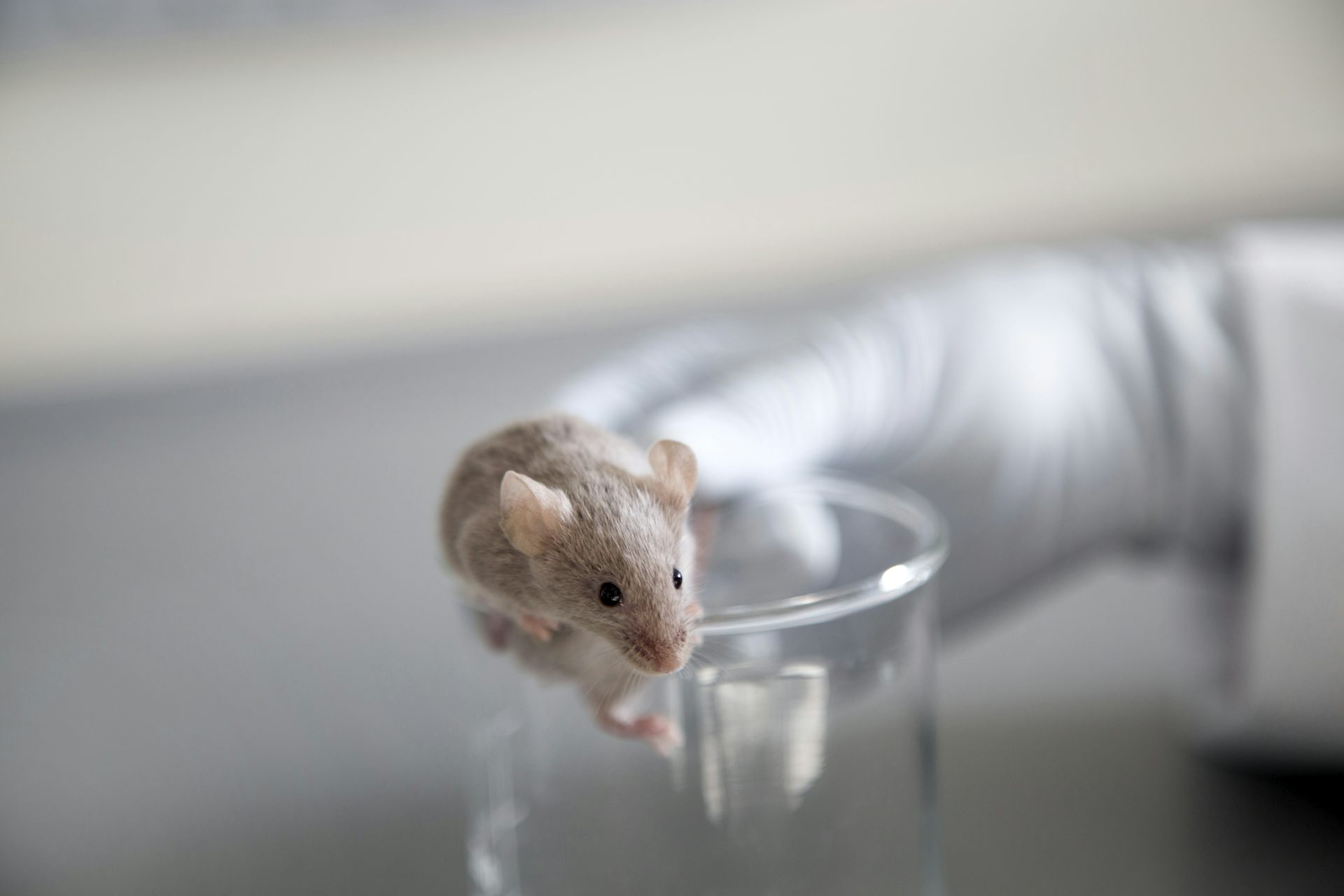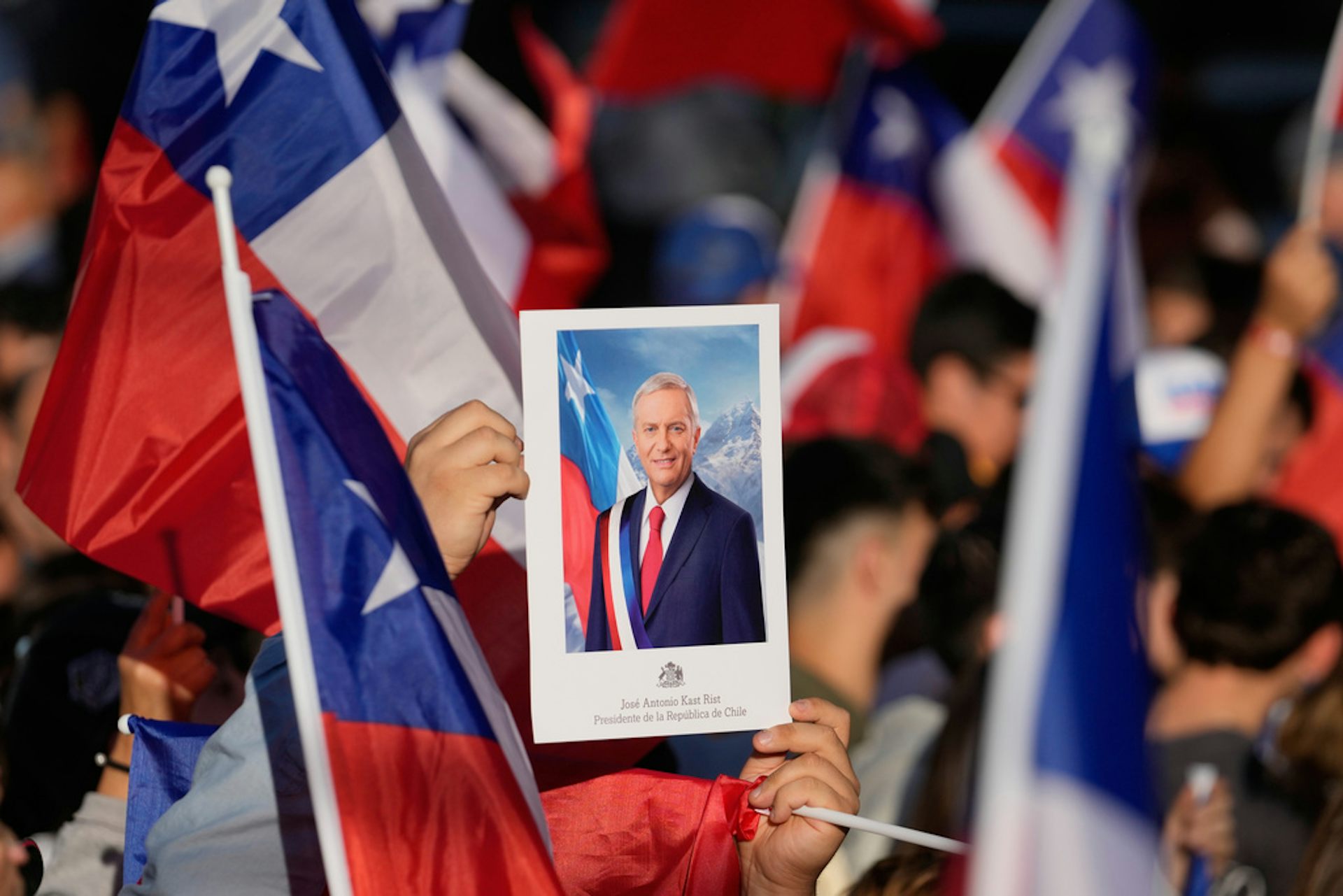How the Catholic Church’s hierarchy makes it difficult to punish sexual abusers
The passing of Cardinal Bernard Law is another moment to revisit the issue of sexual abuse within the Catholic Church and why it remains a challenge.

Cardinal Bernard Law died on Wednesday, Dec. 20, in Rome. Law was Archbishop of Boston, a position of prestige in the Roman Catholic Church in the United States. He had wide political connections, including with the Bush family. He publicly denounced Catholic politicians who supported abortion rights.
But this power and influence came to an end when The Boston Globe revealed how Cardinal Law had concealed sexual abuse committed by priests.
When Law was forced to resign in 2002, it did not mark the end of Catholicism’s struggle with sexual abuse in its ranks. Although reforms in the United States have made it mandatory for priests to report instances of sexual abuse, much work remains to be done in the Catholic Church worldwide.
From my perspective as a Catholic scholar of religion, one of the challenges in tackling this issue is the hierarchy of the church itself.
Church structure
At the top of the Catholic Church’s hierarchy is the pope. He is said to be the successor of the Apostle Peter, about whom Christ said:
“You are Peter and on this rock I will build my church.”
For Catholics, the pope is that “rock” that gives the church a firm foundation. The pope is considered to speak infallibly, “without error,” under specific conditions concerning doctrine and morals. But he is not infallible when it comes to personal judgment such as whom he chooses to get advice from.
Under the pope are bishops, who serve the pope as successors to the original 12 apostles who followed Jesus.
There are also cardinals, who are appointed by the pope, and only they can elect his successor. Cardinals also govern the church between papal elections. Cardinals rank higher than bishops, so not all bishops are cardinals. But now all cardinals are bishops, although in the past there have been exceptions. Bernard Law was both a bishop and a cardinal.
The hierarchical structure of the Catholic Church resembles the military with its high level of administrative control. But the “church” in Catholic understanding is not just a bureaucratic body. It also is a sacred institution that is willed by God.
Priests and obedience
Male priests have the lowest rank in the formal hierarchy. When they are ordained, they take vows of chastity, poverty and obedience to superiors. Usually priests are under the immediate authority of their local bishop, whose administrative area is called a “diocese.”
While priests in many countries are mandated both by the church and civil law to report sexual abuse to church commissions and legal authorities, there has been a culture of denial and secrecy that has prevented allegations from being fully investigated. A 1962 Vatican document instructed bishops to observe the strictest secrecy in sexual abuse cases and to address sexual abuse, or “solicitation,” as an internal church matter, not as an offense that should be reported to local authorities.
Despite establishing a commission to look into the problem and address a backlog of cases, Pope Francis has still not established any protocol for handling sex abuse allegations for the Catholic Church as a whole. The pope has set guidelines for removing bishops who have been “negligent” in addressing cases of abuse. Still, some commentators believe this is not enough.
Sexual abuse ignored
The fact is that there has been a long history of protecting highly placed Catholic leaders from charges of sexual abuse.
When reports surfaced in 1995 that Austrian Cardinal Hans Hermann Groer had molested monks and schoolboys, the sexual abuse was dismissed by Bishop Kurt Krenn as “boyish pranks.” There were also claims that victims were paid “hush money” to buy their silence. The allegations of sexual abuse against Cardinal Groer proved to be true.
In another case from the late 1940s, Marcial Maciel, the Mexican founder of a religious order, The Legionaries of Christ, was a sexual abuser multiple times over. When allegations against Maciel were initially raised, John Paul II ignored them. Joseph Ratzinger, John Paul II’s confident and later successor, remarked: “One can’t put on trial such a close friend of the pope.” Though Maciel was eventually disciplined by Ratzinger when he took over as Pope Benedict XVI, Maciel avoided prosecution until his death in 2008.
Challenges to reporting
In all these cases, the hierarchical structure of the church made it difficult to bring high-ranking figures to justice. Superiors are given nearly absolute obedience, which makes the threshold for acting against them high. By the same token, superiors can often protect offending priests.
The other issue is that a presumption of integrity goes with a high position in the Catholic Church. It is often difficult to believe that a bishop could commit or cover up a terrible crime such as rape or sexual abuse. Also, if the Catholic Church is a divine institution necessary for salvation, then there are those who will protect its reputation at all costs.
There is a tipping point, however. The key moment leading to the resignation of Cardinal Law was a letter, signed by 58 priests, asking him to resign.
Cardinal Law’s legacy
While the priest that Cardinal Law protected, John Geoghan, was convicted of his crimes – and later killed in prison – Bernard Law himself never faced a court of justice. In fact, he was effectively promoted to a venerable position as head of one of Catholicism’s most famous churches, Santa Maria Maggiore in Rome.
For victims of sexual abuse that occurred under his tenure, Cardinal Law only offered only a general apology and a vague reference to his own “shortcomings.”
The compendium of Catholic beliefs, “The Catechism of the Catholic Church,” observes that the “sanctity” of the church is “real” but also “imperfect.”
Catholicism has long recognized that the church is composed of human beings who have their limitations. Perhaps Cardinal Law’s death is another opportunity to ask whether the sexual abuse scandal is actually about the limitations of hierarchy.
This is an updated version of an article originally published on July 19, 2017.
Mathew Schmalz does not work for, consult, own shares in or receive funding from any company or organization that would benefit from this article, and has disclosed no relevant affiliations beyond their academic appointment.
Read These Next
The North Pole keeps moving – here’s how that affects Santa’s holiday travel and yours
There are actually two North Poles. One has been wandering over northern Canada and north of there for…
How rogue nations are capitalizing on gaps in crypto regulation to finance weapons programs
North Korea was behind a $1.5 billion digital bank heist in February 2025. Other countries are similarly…
Gazing into the mind’s eye with mice – how neuroscientists are seeing human vision more clearly
It was once believed that mice had relatively poor vision. Turns out mice are far from blind – and…






